Introduction
Striking the perfect balance between durability and style when choosing a cabinet floor is a delicate task. This vital element of kitchen design not only sets the ambiance but also endures heavy traffic, spills, and frequent cleaning. With a wide array of options, such as stone-look vinyl, hardwood, eco-friendly bamboo, and various types of tiles, making a decision can be daunting. This comprehensive guide aims to simplify the process by providing insights into the unique features, advantages, and disadvantages of each material, assessing durability needs, and offering tips on harmonizing style and function.
Understanding Cabinet Floor Basics
Cabinet flooring is a pivotal aspect of kitchen design, catering to a broad spectrum of needs. It enhances the ambiance of your kitchen while withstanding heavy traffic, spills, and frequent cleaning. The material you select for your cabinet floor should strike a balance between durability, style, and maintenance needs. Options span from stone-look vinyl, wood-look vinyl, hardwood like oak, exotic options like Brazilian cherry, eco-friendly bamboo, to various types of tiles. Each material possesses unique features, advantages, and disadvantages, which should be meticulously considered.
Types of Cabinet Floors
Cabinet floors can be crafted from a variety of materials, each with its unique traits. Hardwood is a timeless choice, renowned for its natural beauty and durability. Laminate offers a cost-effective alternative with a wide range of styles. Vinyl is lauded for its water-resistance and ease of maintenance, making it a practical choice for busy kitchens. Tile, including ceramic and natural stone, provides a hard-wearing and stylish option. Each material has its advantages and disadvantages, so it's crucial to consider your specific needs when choosing the perfect cabinet floor.
Hardwood
Hardwood is a favored choice for both kitchen cabinets and flooring. It's not necessary for them to be the exact same color. In fact, mixing dark and light woods can create a visually appealing contrast. For instance, light-color hardwood floors look excellent with dark wood cabinets, and vice versa. The key is to select complementing materials that enhance the overall design of your kitchen.
Laminate
Laminate flooring is a popular choice for cabinet floors due to its durability and ease of installation. However, it's important to consider the type of laminate flooring used. Glue-together laminate flooring, for instance, is not designed to be repeatedly disassembled and reassembled, and the joints can become loose over time. Click-together laminate flooring, on the other hand, is more resilient and can withstand the installation of cabinets on top of it. Despite this, some professionals recommend installing nylon chair glides under the base cabinets to allow the floor to move freely if needed.
Vinyl
When considering vinyl as a cabinet floor option, it's important to understand the installation process. Typically, permanent cabinets should be installed first, followed by the vinyl flooring. However, there are exceptions. For instance, GlueDown LVT can be installed first in new construction projects, but care must be taken when installing cabinets over it. On the other hand, cabinets should never be installed on top of floating vinyl flooring due to its need to expand and contract with humidity changes. LooseLay flooring can support cabinets, but only with a full spread of adhesive. Remember, if cabinets are expected to outlast the flooring, install them first to avoid potential damage during future flooring replacement.
Tile
Tile flooring under cabinets can prevent water damage, maintain ideal cabinet height, save on installation costs, and facilitate easier repairs. However, it may increase upfront costs and risk tile damage during installation. If you choose to tile around cabinets, ensure the subfloor is in good condition, raise the dishwasher with plywood, and use silicone caulk to seal the gap between the tile and the cabinets. Tile is a durable and stylish option for cabinet flooring, but careful consideration is needed during installation.
Assessing Durability Needs
When assessing the durability needs of your cabinet floor, consider the longevity of your design. The floor under your cabinets should be treated as a permanent installation, ensuring its integrity now and in the future. However, the type of flooring matters. For instance, floating floors and thicker floors may pose challenges if installed before the cabinets. Always consider the specific needs and conditions of your project.
Traffic and Usage
The choice between installing cabinets or flooring first has implications for traffic and usage. If flooring is installed first, it allows for a seamless look and easier replacement in the future. However, it may be prone to damage during the kitchen remodel. On the other hand, installing cabinets first can be challenging for the flooring installation, especially for materials like wood and stone that require precise cuts. The decision also affects appliance fitting, as improper leveling can result in appliances like dishwashers or fridges not fitting correctly.
Maintenance and Care
Proper maintenance of your cabinet floor involves regular cleaning and avoidance of damaging household cleaners. Wipe the cabinets clean with a soft, damp cloth and dry immediately. Always wipe in the direction of the wood grain. Apply a thin coat of high-quality polish that does not contain silicone or wax. This will protect from minor scratching, staining, and excessive moisture. Grease and grime buildup can damage cabinets and destroy the look and feel of a new kitchen. To remove buildup, wipe down cabinets using a soft cloth dampened with warm water at least once every two weeks.
Longevity and Wear
While some aspects of a kitchen last longer than others, most pieces have a limited lifespan. This includes your cabinet floor. Whether it's due to regular wear and tear, improper handling, or overall quality, the lifespan of different parts of your kitchen, including the cabinet floor, varies. Some parts last longer than others. It's important to understand that nothing lasts forever, and maintenance is a key part of extending the life of your kitchen components.
Balancing Style and Function
In modern home design, finding a balance between aesthetics and functionality is key. To maintain this balance, consider the scale and proportion of each design element. Thoughtful selection of furniture, lighting, and decorative items helps to create a visually appealing and spacious environment. Efficiency plays a crucial role in striking the right balance. Homeowners can achieve this by integrating smart storage solutions and versatile furniture that maximises space utilisation. Balancing functionality and aesthetics also involves effective planning of traffic areas to minimise obstructions and maintain a sense of openness. This promotes function and practicality while contributing to the visual appeal and harmony within the home.
Color and Design Considerations
When it comes to color and design considerations for cabinet floors, the possibilities are endless. For instance, light brown wood flooring and gray cabinetry create a stunning contrast that adds depth to any interior space. Nearly white flooring with light green cabinets provides a fresh and airy feel. Dark green cabinets and brown wood flooring create a harmonious contrast that is both visually appealing and comfortable. Multi-colored cabinets with wood flooring can create a visually stunning, inviting space. Black and white kitchen cabinets paired with cherry wood flooring create a beautiful balance of colors. Bright blue cabinets and medium brown wood flooring create a visually dynamic space. Lastly, pink cabinets and light brown wood flooring make for a daring and timeless combination.
Matching with Existing Decor
When choosing a cabinet floor, it's crucial to consider how it will match with your existing decor. The concept of matching or coordinating is not just for decor — it also relates to flooring. Harsh, clashing flooring can stand out, and not in a good way. Matching floors would mean carrying the same style into the cabinet area, while coordinating floors might mean choosing a complementary style or color. Both matching and coordinating are great tools to have in your decorator’s arsenal, and both can be the right decision depending on your personal taste and existing decor.
Trends in Cabinet Flooring
Kitchen flooring trends for 2023 oscillate between vibrant, funky colors and sleek, modern natural stone or authentic stone lookalikes. Popular choices include bold, patterned tiles, warm hardwood flooring, and utilitarian yet stylish concrete flooring. Luxury vinyl tile is also gaining traction, especially for busy family homes. Some trending stone flooring includes limestone, flagstone, and sandstone. Unique shapes like hexagons add a different spin to traditional square-block style tiles. Continuous tile up the walls allows for a complementary seamless look.
Conclusion
In conclusion, the perfect cabinet floor is a blend of durability, style, and functionality. It's essential to understand the unique characteristics of each material, from hardwood and laminate to vinyl and tile, and consider factors such as traffic, usage, maintenance, and longevity. Balancing aesthetics with practicality is key, taking into account color and design considerations, matching with existing decor, and staying abreast of current trends. Ultimately, the choice of cabinet floor should enhance the overall design of your kitchen, withstand the test of time, and cater to your specific needs and lifestyle.

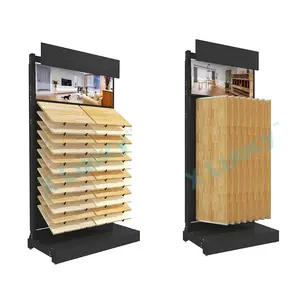

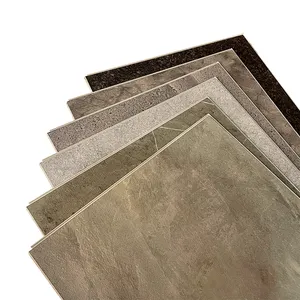

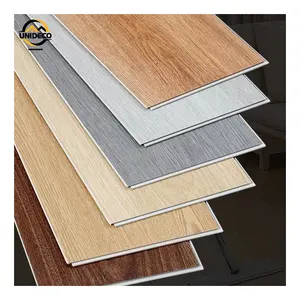


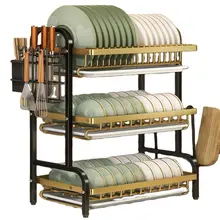
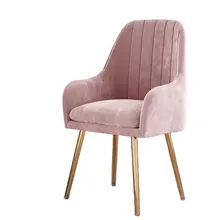









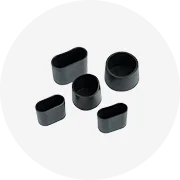
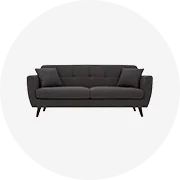
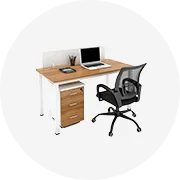

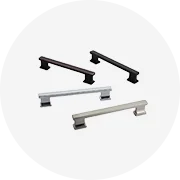
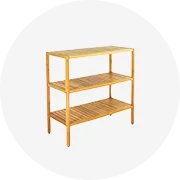
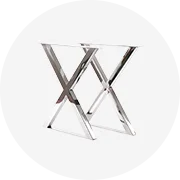
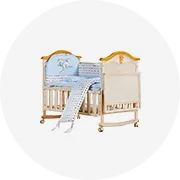








 浙公网安备 33010002000092号
浙公网安备 33010002000092号 浙B2-20120091-4
浙B2-20120091-4